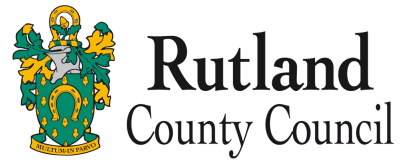Harry Reginald Curtis
View Harry Reginald on the Commonwealth War Graves Commission website
Known information
Major Harry Reginald Curtis, known to all in Barrowden as Reginald, was the eldest son of Henry Levi and Mary Matilda Curtis and was born at Easton on the Hill on 28 January 1887. Two of his brothers, Horace and Albert also died fighting in the First World War, while another was too young to serve. Reginald was educated at Stamford School and London University, and at the outbreak of war was an assistant master at Ellesmere College. He was reading for Holy Orders to enter the Church, but as soon as the war began he obtained a Commission in the 11th Royal Welsh Fusiliers. He was made Captain in February 1915 and Major in October 1916. He served in France and was sent to Salonica where Britain was helping the Greeks fight the Bulgarians. He was killed there on 18 September 1918. A fellow officer recalled: "An attack was planned on the whole of the Bulgar[ian] position. Our division, in co-operation with our Greek troops, was given the very difficult task of attacking the position known as the Grand Couronne and the P Ridge just west of Lake Doiran. This position in itself was an extremely strong one. In addition, the Bulgar[ian]s had brought up very heavy reinforcements to this sector as they apparently expected a very strong attack here. Our battalion was given two objectives. The capture of the foremost of these was entrusted to Major Curtis who had two companies under his command for this purpose. Very strong opposition was met; the enemy artillery, trench mortar, and machine-gun fire was very heavy. The result was that although the objectives were reached, the casualties were so great that the first attacking force was unable to retain possession of the positions they had won by such heroic efforts. It was in this attack that Major Curtis was killed by a trench mortar shell. He had worked hard in getting out the details, and led his men to the attack in a most gallant manner and was a great example to them. The fact that we were keeping engaged heavy enemy forces made the attack on other parts of the line easier, with the result that the Serbs were able to push right through. The final result was that the position of the main Bulgarian Army was so serious they had no option but surrender, and there is no doubt the Bulgarian collapse considerably hastened the collapse of the Central Powers." George Phillips wrote in Rutland and the Great War about the Curtis brothers: "Mr and Mrs Curtis have lost three talented and brilliant sons in the war. They have one son left, who is still at school. The only consolation which can be offered in such a case, as in fact in any other case where parents have lost their nearest and dearest, is that their lives were given in the cause of honour, of freedom, and of justice, and their great sacrifice will remain an undying memory among their grateful countrymen." Harry is buried at Doiran Military Cemetery, grave V.D.17, and is remembered on the war memorials at Barrowden and Easton on the Hill.

|
Do you know something about Harry Reginald that hasn't been mentioned? You can add any new information and images as a contribution at the bottom of this page. |













.png)


.jpg)





Please wait